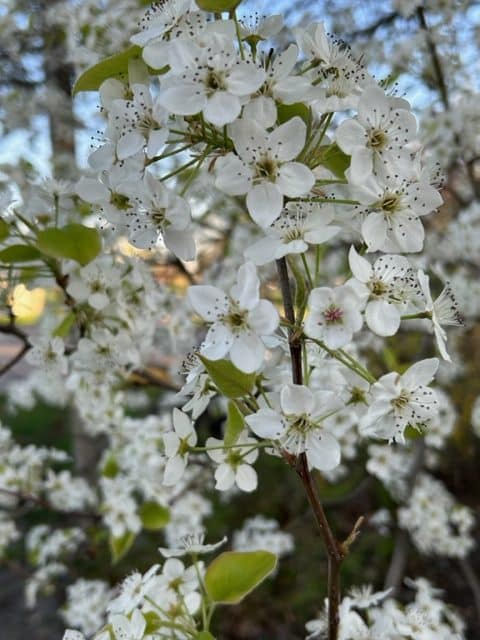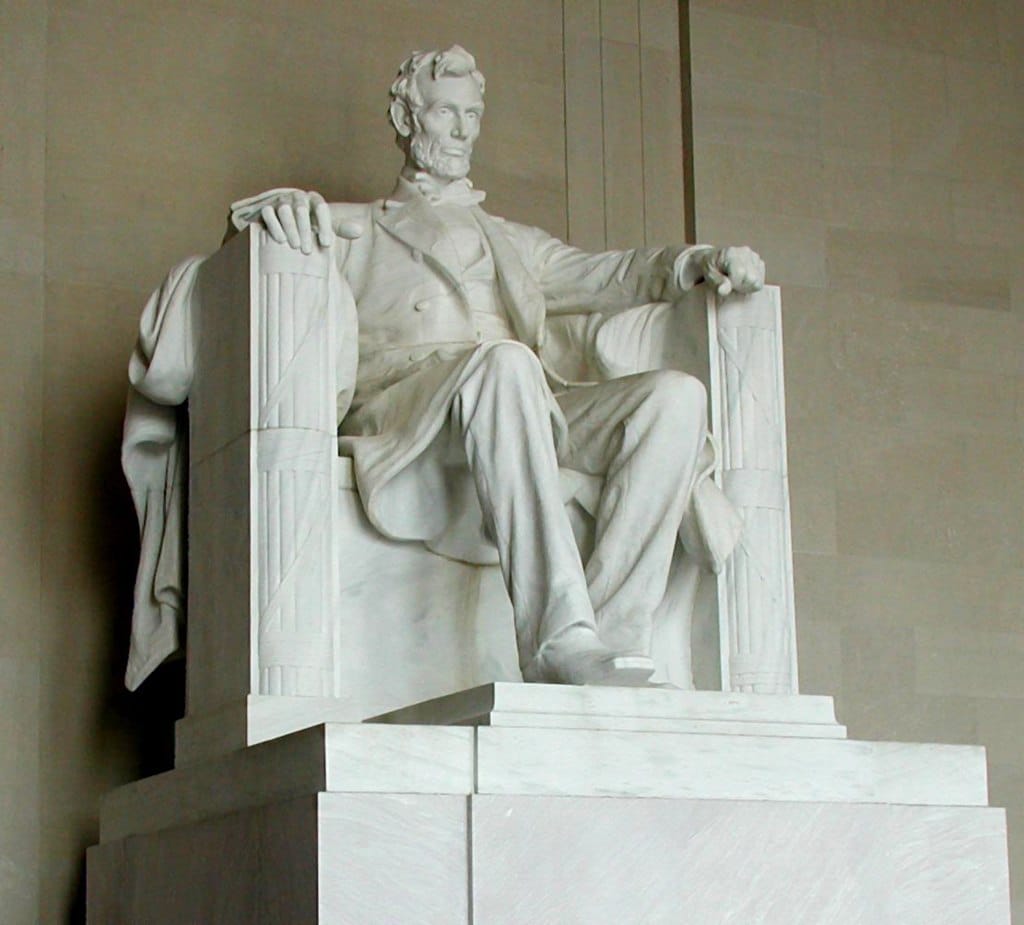The fifth month of the year gives us gardens and yards just brimming with colorful flowers. So it’s no wonder we call Friday, May 5th, a Flower Full Moon. The moon will appear full for several evenings in a row between the nights of May 4th through 6th. Native Americans took note of spring and named moons accordingly. The Choctaw called it Mulberry Moon after the red mulberry tree. The Lakota called it Moon of the Green Leaves after the new buds and leaves filling in.
May is steeped in history and a time to remember. Many people of Spanish heritage recognize and celebrate Cinco de Mayo, or “5th of May.” We might think this date recognizes Mexican Independence Day, but we’d be wrong. That’s a misconception. Mexican independence was 50 years earlier, back in 1810. Cinco de Mayo commemorates a single battle, the Battle of Puebla, which occurred on May 5, 1862.
And what was the battle all about? Well, Mexico owed debts to several European governments and had defaulted on payment. France saw it as an opportunity to gain more territory and claim it as their side of the debt. Mexico didn’t quite see it that way. In the Battle of Puebla, a determined army of 2,000 Mexicans and other loyalists faced down and defeated 6,000 French soldiers. It was muskets vs. long rifles. Inexperience vs. arrogance. General Ignacio Zaragoza of Mexico led his men to victory despite being outnumbered three to one. How long did the fighting last? It was over in a single day. The French misjudged their foes and were forced to retreat.
The battle was such an inspiration that President Juarez declared forevermore that the “5th of May” each year to be a national holiday. It has gained popularity in the United States. It’s a way for those of Spanish ancestry to honor family history, culture, and heritage. Since the 1960s, Cinco de Mayo has really taken off. There are parades, parties, mariachi music, ethnic food, and folk dances. The observance is extremely popular in large cities such as Los Angeles, Chicago, and Houston.
On the last Monday in May, we also celebrate Memorial Day. It’s a time to pause and honor the men and women who died while serving in the US military. The practice of remembering fallen soldiers is nothing new. It’s centuries old and goes back to Greek and Roman times. They had festivals and decorated graves. We do, too, as we pause to remember.
Memorial Day began as Decoration Day and was started shortly after the Civil War. It was started to honor lives lost in conflict and wouldn’t be the anniversary of any particular battle. It was not until some 50 years later, with the beginning of WWI, that Memorial Day included mention of any other war or conflict. It’s been a state holiday since 1890 but not an official federal holiday until 1971.
I didn’t know flag etiquette, either. On Memorial Day, the American flag should be displayed at half-staff until 12 noon. After that, it can be raised to the top of the staff. In 2000, Congress also passed legislation requesting that all Americans observe a moment of silence. A National Moment of Remembrance should be observed at 3 PM local time on Memorial Day. A moment–just a few seconds out of our busy lives. Yes, Memorial Day marks the unofficial beginning of summer. But more than that, it’s a time to remember those who gave the ultimate sacrifice and helped make our country free.






